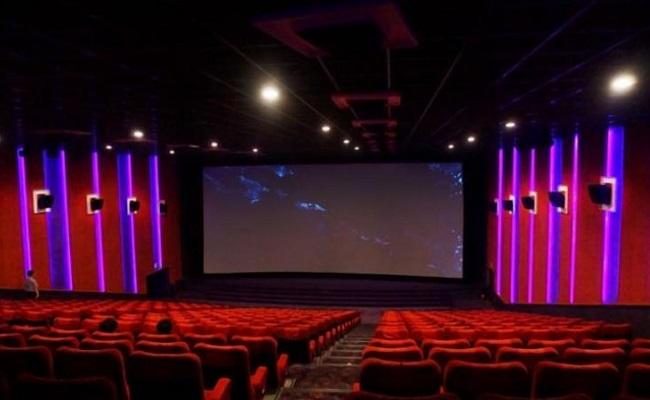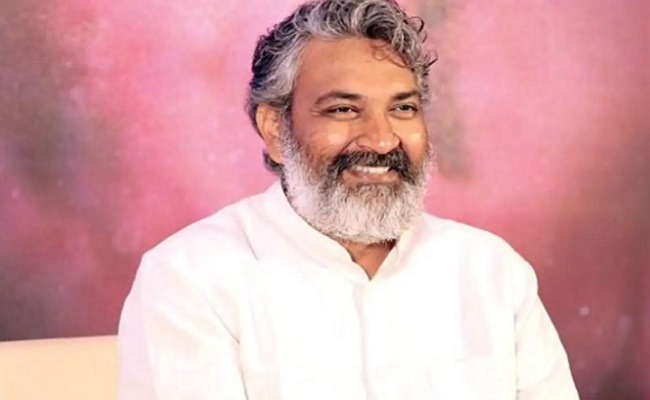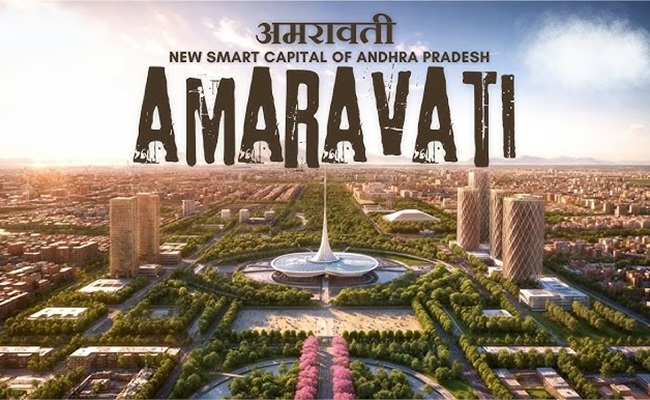
A weekly tabloid from an established publishing house took notice of the fact that the single screen cinemas may be at the end of the road. Certainly, it took a long time for the mainstream print media to notice this decline in the business of the single- screen exhibition trade.
The signs, in fact, were obvious from the day the multiplex concept was introduced in India. That was about 25 years ago, when Anupam cinema in Delhi became the first such property known as PVR Anupam, boasting of four screens in a single property. The cinema claimed to be a multiplex -- that is, it had more than the usual one screen.
It also boasted of Dolby Sound, lavish ambience, plush seats, a cafeteria and more such attractions (the films were going to be the same as in any other cinema). Also, one would end up paying anything between four to five times compared to a single screen. Yet, just about everybody wanted this multiplex experience!
That was an era when words such as computer, email, and other such technical terms were known only to a few. The multiplex impressed with computer-generated admission tickets! With technology improving, the digital era was taking over. Everything had changed from visuals to sound, and what followed was a rush to build multiplexes by anyone who had the resources, or those who treated film exhibition as a serious and lucrative business. So far, so good.
What followed was that new money, the nouveau riche, wanted to be a part of the multiplex rush, too. Also, the economy had opened up and raising funds was easier now.
The cinema exhibition business is a state subject and the states thought they were catching up with a new western trend. Be on a par with the world! Various states bent over backwards to lay out the red carpet for this new enterprise. They made land easily available at concessional rates, offered entertainment tax exemption (a big chunk of the admission rates at that time) for the first three to five years, and so on. All this, as if the multiplex cinema was the tool to prepare us for the new century!
All that may have been okay if, at the same time, the single-screen cinemas were not ignored totally, even as multiplexes were being encouraged with sops. They continued to pay the high rate of entertainment tax, while the multiplexes were exempt, and they had as many as two dozen licences to renew every year. Most of all, they were not allowed to shut down even if they incurred losses every week.
Cinema theatres in India, in metros and in second-rung cities had two classes. One was considered A-grade and the other B-grade. In smaller centres, they had cinemas that would be considered B- or C-grade in a metro. Wooden seats and stinking loos; no frills. Take it or leave it.
The cinemas -- the silver screen and the stardust -- wove such magic that they did not deter smaller-centre audiences, whether the gentry or the working class. There was an audience for the stalls and then there was also an audience for the balcony.
The stalls and the balcony were the great dividers among film audiences. The first was called 'masses' and the other was known as the 'gentry' (after all, they could afford the balcony tickets and came with families to watch a film!).
Then came this multiplex concept. The first casually was the audience we called 'masses', in other words, the majority of film lovers, the very people whose only source of entertainment was the cinema at the end of a long day's toil.
The 'masses' accounted for a big chunk of compulsive cine-goers and the multiplexes had to make up for the loss. The gentry would pay up for both, for the masses and for themselves. The state governments had no clue what damage they had wrought on the cinemas that were laying the proverbial golden eggs while getting nothing in return.
The result was that as the number of multiplex screens grew, that of the single screens started tapering. Many single-screen owners knew nothing about running a cinema and booking new films was outsourced. The losses for single screens started mounting, but they were caught in silly laws. A theatre could not be demolished unless another theatre replaced it, albeit of a smaller capacity. The cinema workers' jobs had to be guaranteed!
No government guaranteed the success of smaller cinemas, or granted concessions so that they could stand up against the multiplexes. Single screens stood no chance. It started with smaller, far-off towns and, finally, cinema after cinema in metros downed shutters.
Over the last three years, even through the Covid-19 lockdown, cinematographer Hemant Chaturvedi ('Maqbool', 'Ishaqzaade', 'Kurbaan', 'Ungli' and 'Brothers') gave up cinematography and picked up a still camera. He travelled across India where Hindi films are screened, following the trail of single-screen cinemas. What he discovered was the ruins of once glorious cinema theatres. His coffee-table book narrates this tragic story, the state of the single screens. His book is due soon.
I remember a guest column that I was asked to pen for a prominent Kerala weekly magazine, as long back as 2004, in which I expressed my scepticism about this blind race to promote the multiplex culture. Besides putting cinema-watching beyond the common man's reach, it created a class divide and a snob value for those who could afford it.
Very soon, that class divide was extended further by creating classes among the multiplex audience, such as the gold class, VIP class. Those who could afford to spend more were VIPs! Certain cinemas priced their last row at double the price of other rows and this certainly was not meant for those coming to watch a film! Not to mention the highly priced snacks. Imagine, a packet of popcorn, otherwise poor man's snack, being sold for a couple of hundred rupees!
The local authorities made car parking compulsory at any constructed property, but the movie patron had to pay for that too.
This was not the business of entertaining people, it was and still is sheer exploitation.
Come 2020, the Coviid-19 pandemic proved to be the great leveller. Cinemas of all kinds were forced to close down. Add to that, the quality of films was going down, most were utterly avoidable. Most big stars, on whom the multiplexes depended to make a killing by raising admission rates, such as Salman Khan, Shah Rukh Khan and even Akshay Kumar, were delivering duds.
Unlike the single screens, which were owner-led, most of the multiplex properties were leased. The lessors suffered with not rents coming in or coming in miniscule percentages of the agreed amount.
The lockdowns lasted for more than 18 months, but people did not miss watching films. OTT streaming platforms just took over. Films and other forms of entertainment were delivered right into people's bedrooms or living rooms for a year at the cost of one or two multiplex tickets.
Yes, a lot of unwilling single screens had to call it quits. But, this time, even the multiplexes suffered and faced bleak prospects. Many have accepted the reality and decided to close down.
There has been quite an upheaval in the business here. The Carnival group now has just two screens that are operational. Not long ago, it controlled about 490 screens. The PVR group has also been relieved of the 100 screens it leased from the Kanakia group. The Kanakiya group now plans to resume screenings at these properties from this July onwards. And, to top it all, the Cinepolis group of Mexico, with screens in more than 95 cities, has opted to move out, selling its exhibition business to PVR Cinemas.













